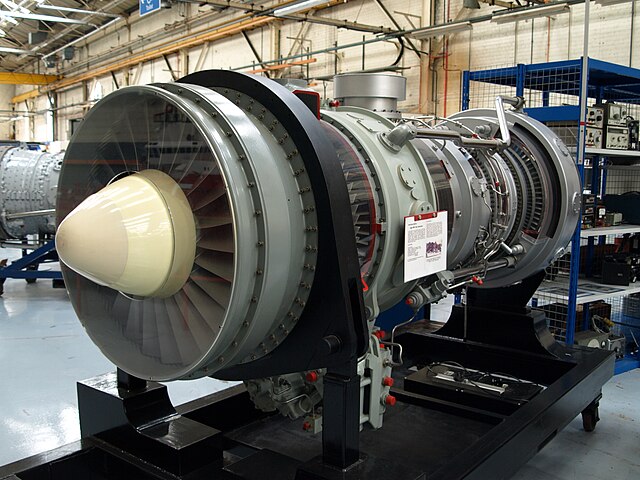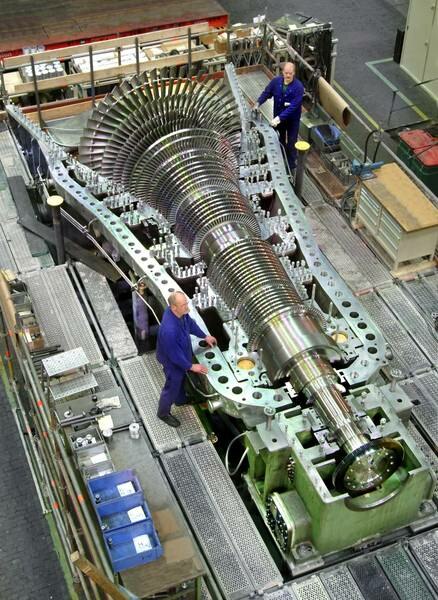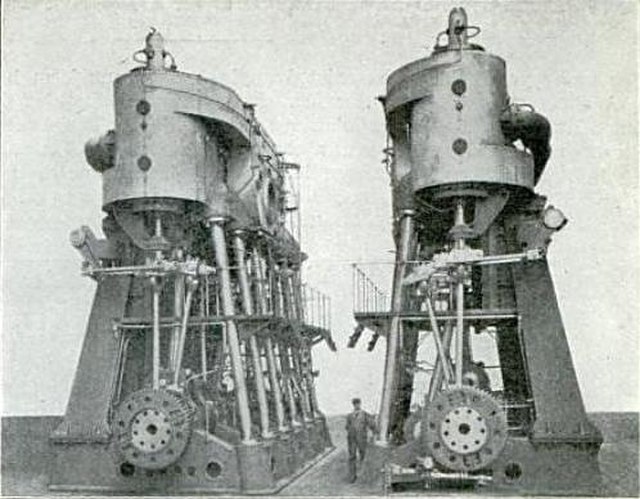Nuclear marine propulsion
Nuclear marine propulsion is propulsion of a ship or submarine with heat provided by a nuclear reactor. The power plant heats water to produce steam for a turbine used to turn the ship's propeller through a gearbox or through an electric generator and motor. Nuclear propulsion is used primarily within naval warships such as nuclear submarines and supercarriers. A small number of experimental civil nuclear ships have been built.
When the nuclear-powered Arktika class 50 Let Pobedy was put into service in 2007, it became the world's largest icebreaker.
A nuclear fuel element for the cargo ship NS Savannah. The element contains four bundles of 41 fuel rods. The uranium oxide is enriched to 4.2 and 4.6 percent U-235
In addition to nuclear-powered aircraft carriers, the United States once operated nuclear-powered cruisers.
The nuclear-propelled French submarine Saphir returning to Toulon, its home port, after Mission Héraclès
Marine propulsion is the mechanism or system used to generate thrust to move a watercraft through water. While paddles and sails are still used on some smaller boats, most modern ships are propelled by mechanical systems consisting of an electric motor or internal combustion engine driving a propeller, or less frequently, in pump-jets, an impeller. Marine engineering is the discipline concerned with the engineering design process of marine propulsion systems.
Rolls-Royce Marine Spey, a gas turbine developed by Rolls-Royce Holdings in the 1960s for marine propulsion.
V12 marine diesel engines
A marine steam turbine manufactured by MAN Energy Solutions
Marine steam reciprocating engines, ca. 1905








